#Roman legion
Explore tagged Tumblr posts
Text
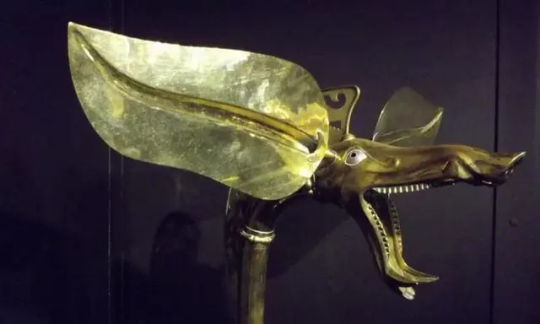

The 'Carnyx' Nightmare of the Roman Soldiers
The Carnyx was a brass musical instrument used as a psychological weapon of war by the ancient Celts between 300 BC and 200AD in western and central Europe and beyond.
The carnyx was once widespread throughout much of Europe, although only a dozen or so fragments are known to us.
It was carried by bands of Celtic mercenaries; it was present at the attack on the Greek sanctuary at Delphi in 279 BC; it defied Julius Caesar in Gaul; and it faced Claudius when he invaded Britain. They are even shown on a Buddhist sculpture in India, proof of the far-flung connections of the Iron Age world.
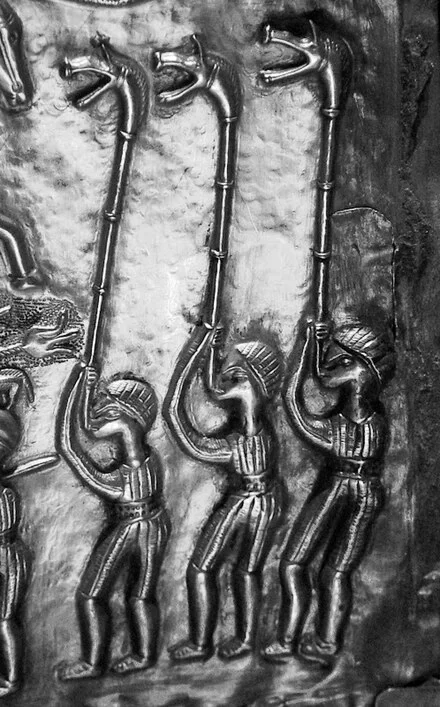
However, they were not only used by the Celts; they were also used by the Dacians in modern Romania. The term “Celtic” is a complicated one. The concept of a pan-European Celtic culture is a myth; rather, aspects of art and technology were shared across vast distances by diverse cultures. The carnyx was one example of this.
A 12-foot-long, thin bronze tube with right-angle bends on both ends made up the carnyx. The lower end ended in a mouthpiece, and the upper end flared out into a bell that was usually decorated to look like a wild boar’s had. Historians believe it had a tongue that flapped up and down, increasing the noise made by the instrument. The carnyx was played upright so that the boar’s head bell protruded well above the warriors’ heads. Its primary goal was to create more noise and confusion on the battlefield.
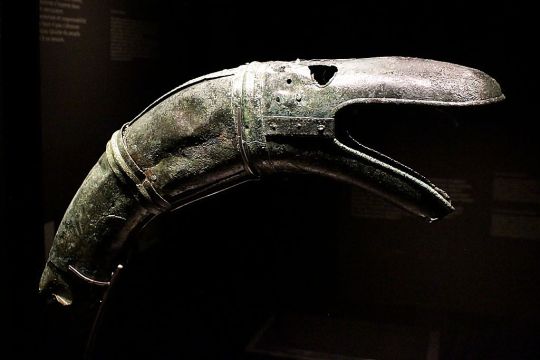
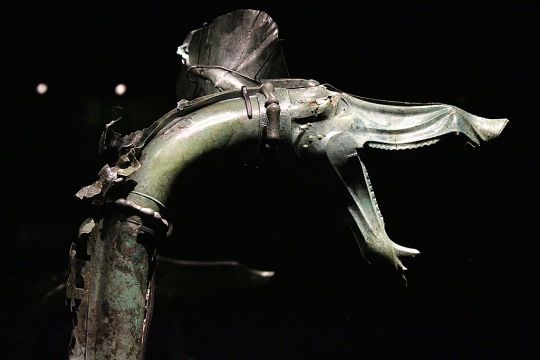

The Greek historian Polybius (206-126BC) was so impressed by the clamor of the Gallic army and the sound of the carnyx, he observed that “there were countless trumpeters and horn blowers and since the whole army was shouting its war cries at the same time there was such a confused sound that the noise seemed to come not only from the trumpeters and the soldiers but also from the countryside which was joining in the echo”.
And the Roman historian Diodorus Siculus wrote, “Their trumpets are also of a peculiar and barbaric kind which produce a harsh, reverberating sound suitable to the confusion of battle.”
Archaeologists discovered a hoard of ritually destroyed weapons in 2004, including a dozen swords, scabbards, spearheads, a shield, bronze helmets, an iron helmet shaped like a swan, a cauldron, animal remains, and seven carnyces. Before the Tintignac discovery, the remains of only five actual carnyces had been found.
The finest was unearthed in Deskford, Scotland in 1816. The Deskford carnyx only has the boar’s head bell and is missing the mane, tongue, and tubing. Images of Carnyx players have been found as well. A Roman denarius, dating from 48 BC bears a representation of a Carnyx. Three carnyx players are featured prominently on the Gundestrup Cauldron, which was found in a Danish peat bog.
One of the seven found at Tintignac, on the other hand, was almost entirely complete. The Tintignac Carnyx was broken into 40 pieces. When puzzled back together, it was found to be just an inch short of six feet long with a single missing section of the tube. The bell was a boar’s head with protruding tusks and large pointed ears. Once restored, the Tintignac Carnyx proved to be the first virtually complete carnyx ever found.
By Leman Altuntaş.
Music video by John Kenny.
#The Carnyx#The 'Carnyx' Nightmare of the Roman Soldiers#Iron Age war trumpet#ancient artifacts#archeology#archeolgst#history#history news#ancient culture#ancient civilizations#celtic mythology#celtic history#roman history#roman empire#roman legion
3K notes
·
View notes
Text
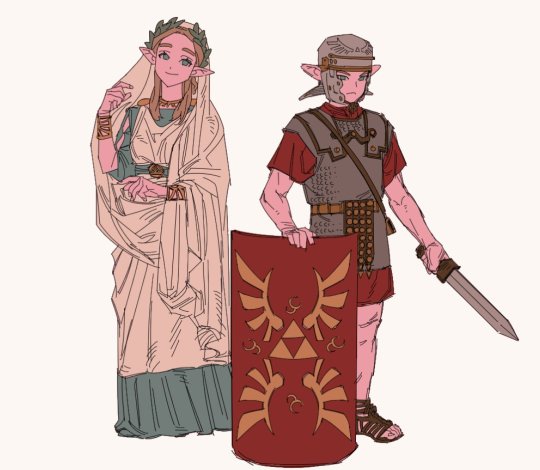

Zelda Roman Empire AU by rivaeri
#rivarie#legend of zelda#roman legion#roman empire#lorica segmentata#plate armor#gladius#shield#tower shield#noble#archer#robe#laurel wreath#cloak#link#zelda
640 notes
·
View notes
Text
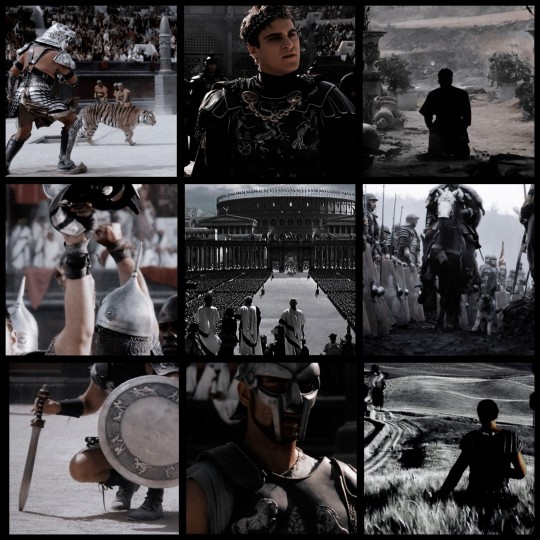
Gladiator Movie Aesthetic
#gladiator#maximus#maximus decimus meridius#roman legion#roman soldiers#roman emperors#roman empire#marcus aurelius#commodus#rome#ancient rome#spaniard#coloseum#colosseum#colosseo#roma#now we are free#movies#films#gladiator movie#russel crowe#joaquin phoenix#richard harris#movie aesthetic#film aesthetic#aesthetic#movie edit#film edit#roman era#roman military
97 notes
·
View notes
Text
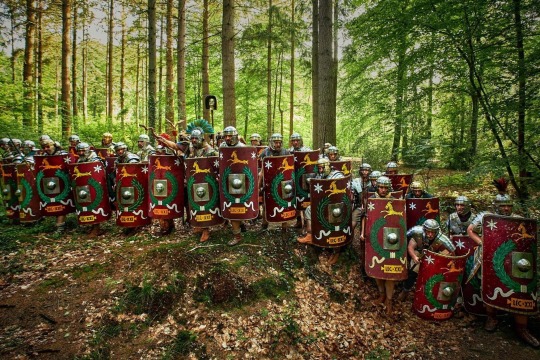
Legion XXI “Rapax.”
126 notes
·
View notes
Text

Roman Legionary Helmet from Brigetio, Hungary, 1st Century CE, The National Roman Legion Museum, Caerleon, Wales
#roman#roman army#roman empire#roman living#roman helmet#roman metalwork#roman soldiers#roman wales#roman armour#archaeology#relic#artefact#wales#Caerleon#roman legion
242 notes
·
View notes
Text

8 notes
·
View notes
Text

I can't help but look when I see you sitting on the grass and among the flowers.
5 notes
·
View notes
Text
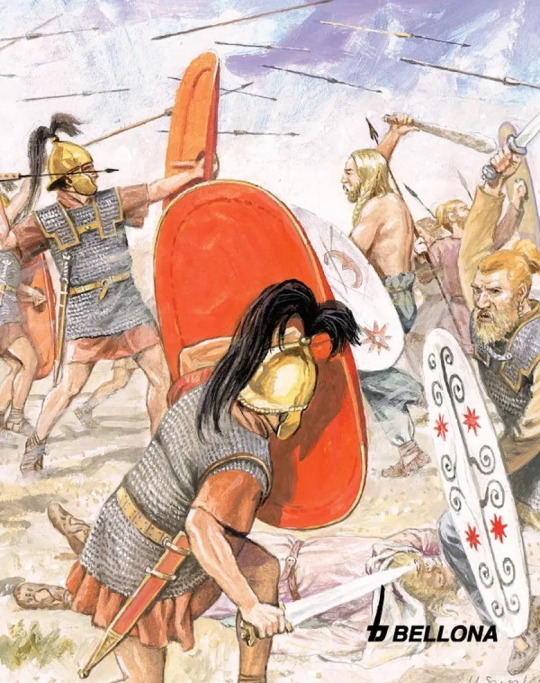
Marek Szyszko
11 notes
·
View notes
Text
Ray Stevenson - You left us too early!

Titus Pullo is one of my all time favorite characters ever.
He was very briefly based on an actual person: a man with the same name was serving in Ceasar's legion and had a fight with guy called Lucius Vorenus. Just like in the series.
He had lots of interesting characters and I did enjoy many of them: Porthos in three Musketeers, Dagonet and Gar Saxon.
#rome-series#star wars rebels#rome#star wars the clone wars#ahsoka series#actors#rip#such a pity#titus pullo#gar saxon#porthos#roman legion#lucius vorenus
26 notes
·
View notes
Text
youtube
Arch of Titus (79 AD)
#ancient rome#rome#roman empire#gladiator#gladiator ii#gladiator 2#arch of titus#arch of triumph#montpellier#paris#paris france#new york#ancient history#ancient city#ancient greek#ancient greece#ancient egypt#ancient greek mythology#ancient civilizations#ancient#ancient art#ancient aliens#ancient village#ancient empires#roman legion#roman army#roman republic#roman soldiers#for honor#spartacus
3 notes
·
View notes
Text

One of a Kind 1,500-Year-Old Roman ‘Lorica Squamata’ Legion Armor Restored
The 1,500-year-old Roman ‘Lorica Squamata’ legion armor, the only known example in the world, found in the ancient city of Satala in the village of Sadak in the Kelkit district of Gümüşhane in the Black Sea region of Türkiye, was restored.
Archaeological excavations continue in the ancient city of Satala, the only surviving castle on the eastern border of the Roman Empire and the only Roman Legion castle in Anatolia that can be excavated. and this unique artifact was unearthed during the 2020 excavation season.
The ancient city of Satala, where the 15th Legion of the Roman Empire, also known as the Apollinaris Legion, ruled for 600 years, is a well-known castle visited by Rome’s five emperors.
In a remarkable feat of preservation, the only known example of a “Lorica Squamata” model Roman legionary armor, dating back 1,500 years, has been successfully restored in Türkiye.
The completion of the restoration was announced by the Turkish Ministry of Culture and Tourism on its social media account.

The armor was first found and removed from the location in 2021 with assistance from the Ankara Regional Laboratory. It was then moved to the Erzurum Restoration and Conservation Regional Laboratory. Erzurum Atatürk University carried out a thorough examination, which included tomography and X-rays, to record the armor in its soil-encrusted state.
X-ray results revealed that almost the entire armor was intact. Micro CT imaging of a three-plate block taken from the edges helped determine the armor’s full measurements and partial metallurgical properties.
The conservation and restoration procedures were finished after three years of painstaking labor by the Erzurum Regional Directorate of Restoration and Conservation Laboratory. The armor was then resewn, returning it to its original form.
According to the ministry’s statement, the armor dates back to the Late Roman Period. It is a significant example of the Lorica Squamata type, noted for being the first known to the world.
During the Roman era, legionary armor was not made to order; instead, it was repaired and reused as needed. Surviving examples are extremely rare these days because, once damaged beyond repair, they were melted down and used for new purposes.

During the height of the Roman Empire, the Lorica Squamata was a common type of armor worn by military officers and specialists such as musicians or standard bearers. In certain provinces, it may have also been used to outfit entire regiments of Auxilia infantry, archers, and cavalrymen. Later in the Empire’s history, troops frequently used scaled armor as a form of protection.
Scaled Armor was very difficult to cut through and offered a strong, reliable defense for the wearer. In addition, the armor’s overlapping scales provided some absorptive qualities against concussive force. Usually, the scales were between.5 and.8 mm thick to keep the armor’s total weight under control.
By Oguz Buyukyildirim.
#One of a Kind 1500-Year-Old Roman ‘Lorica Squamata’ Legion Armor Restored#ancient city of Satala#15th Legion of the Roman Empire#Apollinaris Legion#roman legion#roman armor#ancient artifacts#archeology#archeolgst#history#history news#ancient history#ancient culture#ancient civilizations#roman history#roman empire
46 notes
·
View notes
Photo

sagittarius by piratajurasico
81 notes
·
View notes
Text

Poor little guys have been missing for over nearly 2,000 years, their momas must be so sad!
😢
#history#falinks#ancient rome#legio ix hispana#legion#ancient history#pokemon#game freak#roman republic#roman empire#roman history#pokemon sword and shield#pokemon origins#military history#britannia#roman legion#galar region#roman britain#ancient#military#history mystery#ancient romans#nickys facts
9 notes
·
View notes
Text
This Vitruvian HACK now lives rent free in my brain:

I mean... Gorgeous detailing, beautiful sculpting... only for him to be posed like the chillest, mellowest dude in the roman army. Not some amazing pose that shows off the details or to make this thirty dollar toy look super cool. Just... This. And it actually feels real and historical. Dude just resting against his super heavy shield, instead of holding it at all times.
"S'up? How's it goin'?"
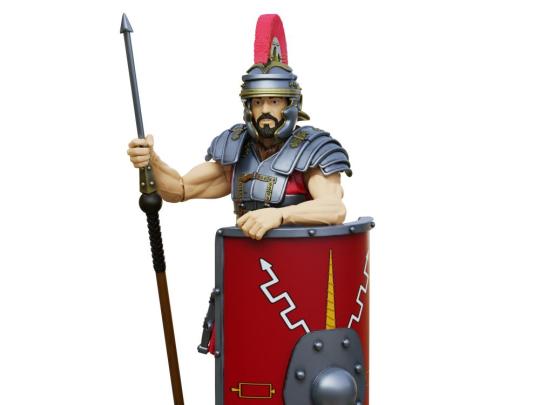
"So, what bring ya all the way out here?"
14 notes
·
View notes
Text

Roman Military Inscription Tile, St Fagans National Museum of History, nr. Cardiff, Wales
#romans#roman empire#roman#roman army#roman soldiers#roman legion#roman symbol#roman pottery#tile#archaeology#relics#ancient cultures#Wales#Cardiff#roman emperors#roman design#roman craft
52 notes
·
View notes
